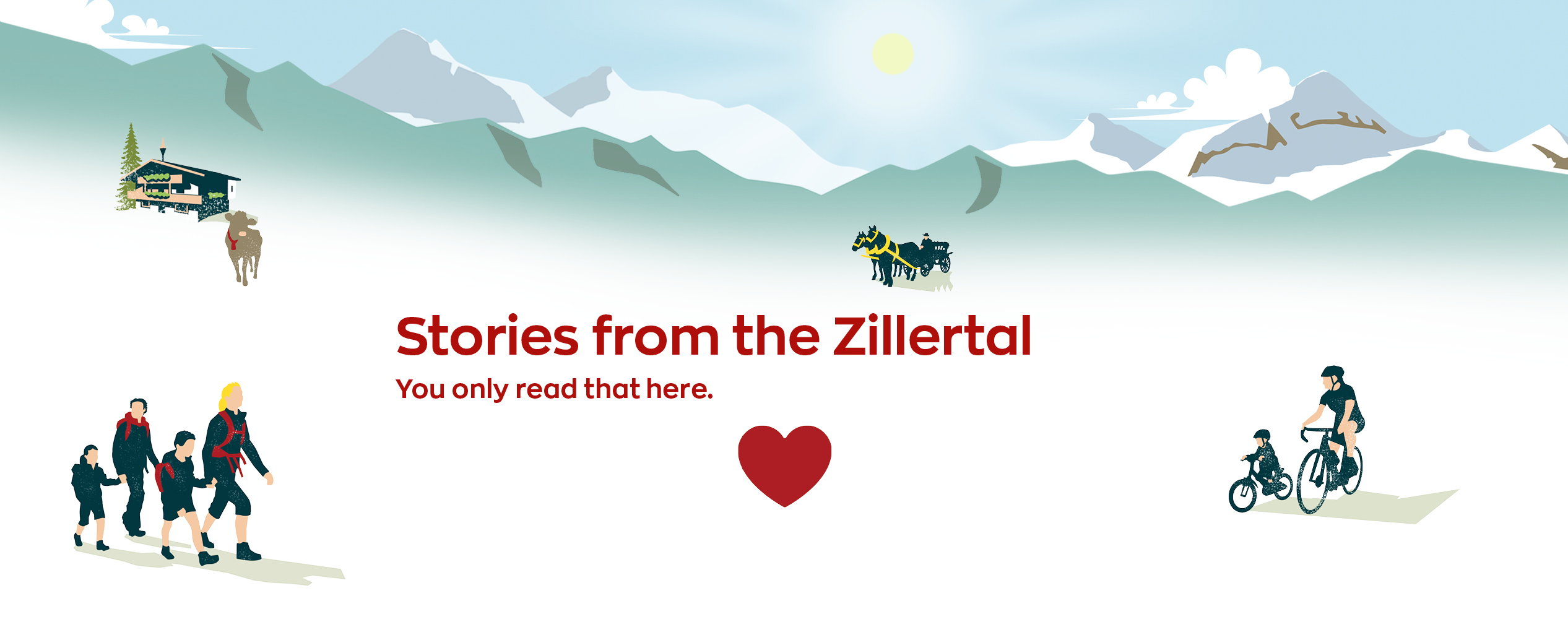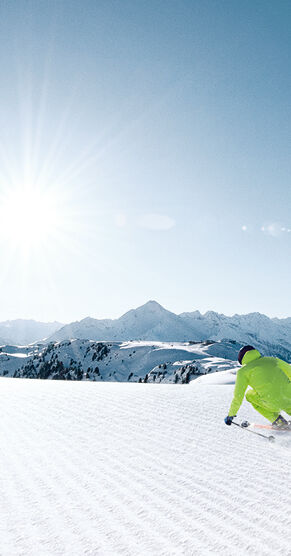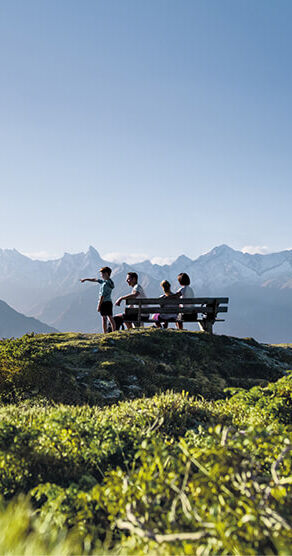
Stories of the Zillertal tradition
Tha cattle drive is a major
When the days get shorter and the leaves turn more colourful, summer also comes to an end for the cows on Zillertal’s mountain pastures. The farmers then drive them down into the valley.

At the end of the alpine summer, when the days are shorter and the nights cooler, the cows are driven down from the alpine meadows into the valley and into the winter-proof stables in time for the onset of winter. And if no animals have been harmed, if they have supplied enough milk for cheese, then the farmers, herdswomen and all those involved in farm life are very happy.
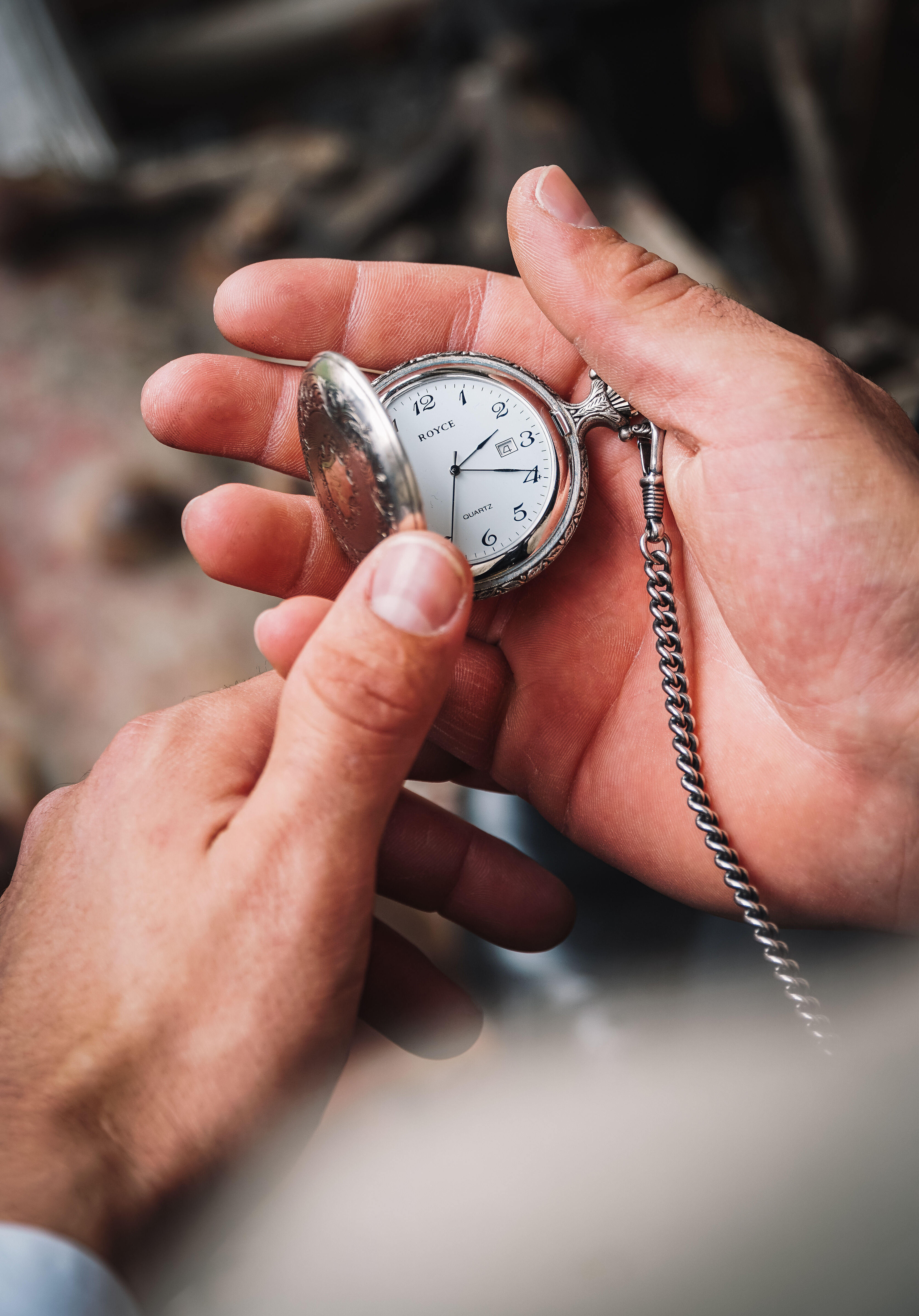
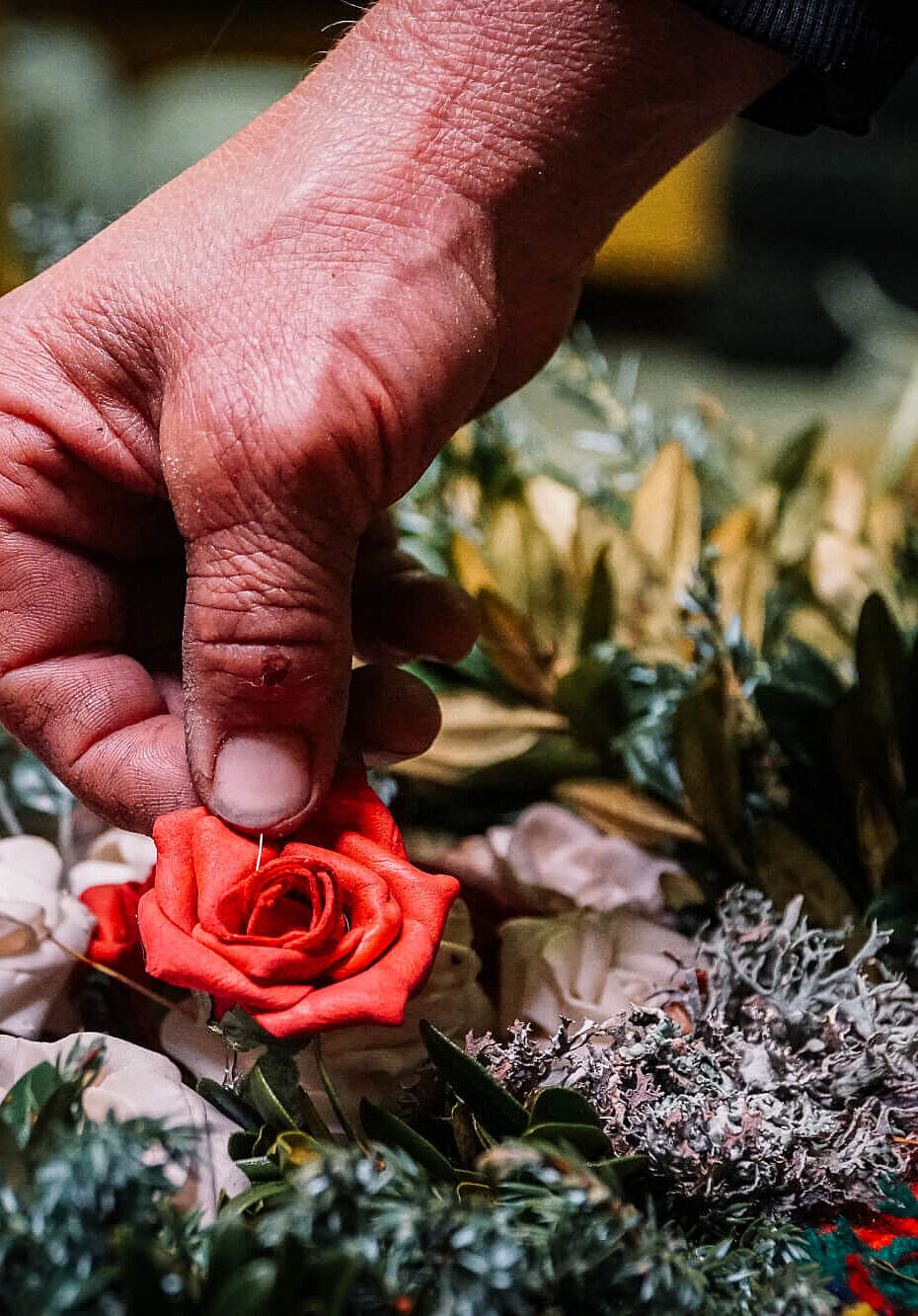
The true meaning
Fortunately, the Zillertal locals are by no means of a boring disposition. And so there are many tales about the cattle drives in the more recent and more distant past. Because even if life on the alpine pasture is certainly sometimes characterised by barrenness, the celebration of traditions and rituals in Zillertal is definitely part of the rhythm of life. And yet it is precisely these cattle drives in autumn that mark a special time, which is celebrated individually in all regions, but always very exuberantly. And this has been done in a very traditional way for many generations. The true meaning of the cattle drives in Zillertal only becomes apparent when we look back into the past. Back to a time without tractors or milking machines. To a time when the Zillertal locals lived a self-sufficient life using just their own products.
“To achieve the original
taste, you need an open
fire and the right pan!”
Adornment as protection
In fact, the tradition of the cattle drives is a good 400 years old. It was first documented in 1746. However, experts assume that decorating the animals with adornments dates back to much older times. And this had a special and mythical meaning from the very beginning. The story behind it: The night before the descent, the animals are milked and prepared for the return to the valley. The animals wear colourful festive garb on the occasion of this special day. The magnificent ribbons, colorful headdresses and cheerfully ringing bells were once used to drive away evil spirits on the alpine path and to ensure that the herd arrived back safely in the valley. Today, this tradition is maintained and the cattle drive is still probably the biggest festival in a farmer’s working year. But more on that later. Before that, let’s take a closer look at the animals’ headdresses and what makes them so special in Zillertal.

Elaborate craftmanship
This is the result of elaborate craftsmanship. Making the cows’ magnificent adornments is one of the highlights for farming families for a few days every autumn. They only use materials from the alpine roses and whatever else they can find in the way of decorative natural items. The elaborate "crowns" are then woven out of these and put on all the animals before they walk down into the valley. The lovingly embroidered head shields often bear blessings, heraldic animals or the image of the famous Edelweiss.
Resounding reception
"When the cows come, we're already waiting," says Alex Kogler. "This is usually at lunchtime and your heart really skips a beat when
the first colourful crowns appear." The young man is a member of the
"Zillertaler Hoenbankla" band, which welcomes one of the many drives into the valley every year with traditional sounds. The 23-year-old enthusiastically plays
his Styrian harmonica on this day every year. And not just when the animals arrive in the valley. The festival does in fact start early in the morning – and so does the
music. "We all wait spellbound. But then when the herd comes, the atmosphere literally gives you goosebumps, I can’t describe it any other way.”

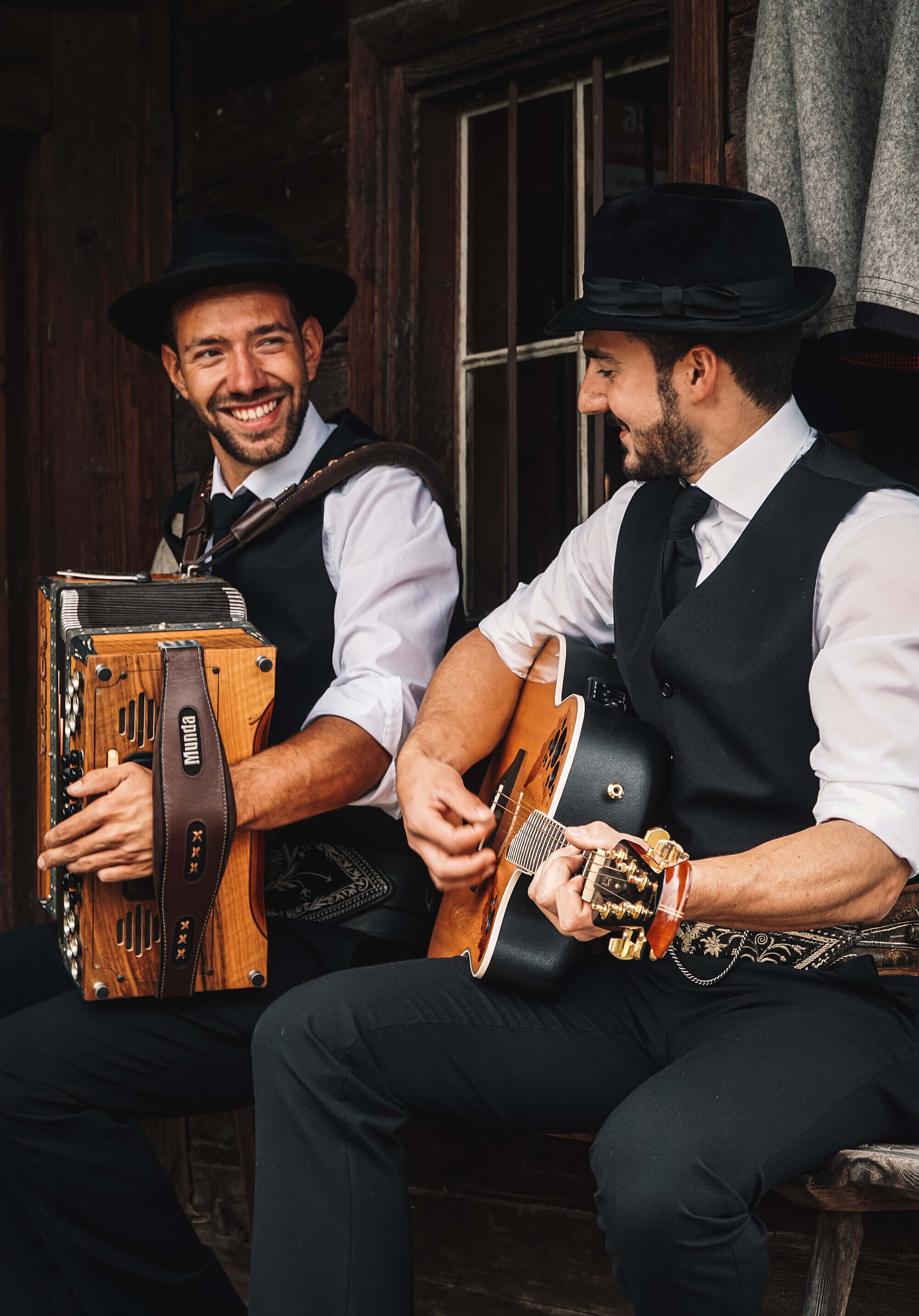
Everyone is dressed up
But it is not just the animals that are adorned to celebrate the day. The guests themselves also dress up, so as an outsider you really can’t keep your eyes off them. Everyone wears Zillertal’s traditional dress! But how does this festive traditional dress differ from others? With its red top with black trim and the blue woollen apron, the Zillertal traditional dress stands out from all others in the country at first glance. The men's traditional dress is just as unique.
What is Melchermuas?
However the Zillertal locals are not
only enthused by the exuberant atmosphere at the folk festival. During the cattle drive, typical regional delicacies are always served, freshly prepared on site, such as the legendary Melchermuas. Hardly surprising, as it has been considered the traditional, fortifying food on the alpine pastures for centuries. It is basically a kind of pan dish made of butter, flour, milk and salt, baked in your own Muas pan over an open fire. You eat it with cranberry compote, which the Zillertal locals of course know. They are also well aware that the recipe is not that easy to cook. Because to achieve the original consistency and typical taste, you really have to use a real cast iron pan over an open fire. Handling this properly is an art in itself that has been passed down from old to young for many generations. A spirited atmosphere is guaranteed thanks to typical regional drinks: Zillertal beer and the famous masterwort or stone pine schnapps. If you like things a bit less high-proof, just enjoy a glass of fresh buttermilk.
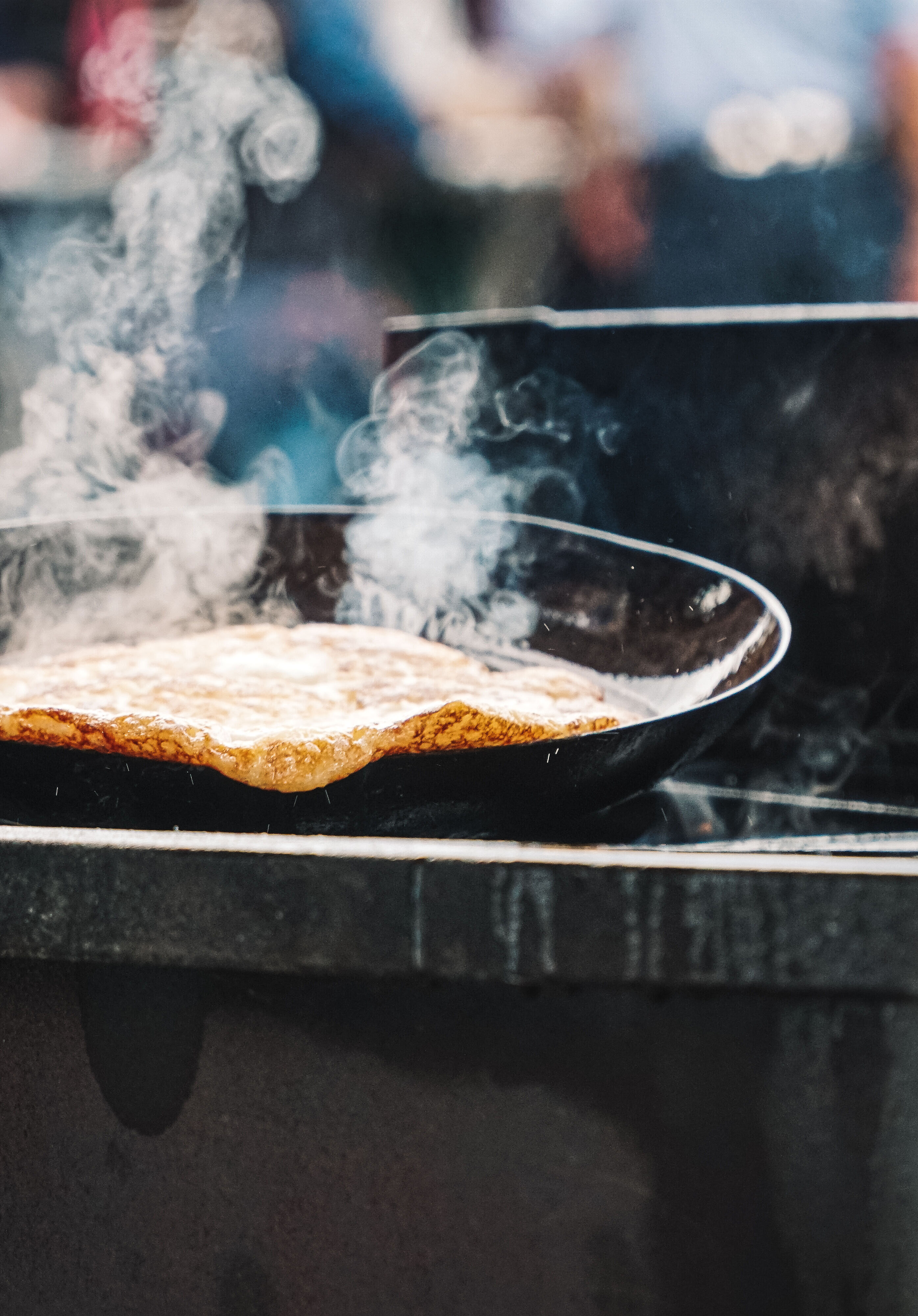
Image: Josef Unterlercher and text: Johannes Stühlinger
Zillertal Year-round magazine 2024
Even more stories from the Zillertal

The Cheese Emperor
At an altitude of 2,000 meters, embedded in a wild and romantic landscape, award-winning mountain cheese made from the milk of happy cows matures on an alpine pasture.

Skiing fun for all the family
Zillertal is the perfect place for big and small to jointly discover the meaning of true fun on the slopes! After all, the Ski- & Gletscherwelt Zillertal 3000 with the Hintertux Glacier offers skiing delights for every family.

Dreamer and Rebel
From Barcelona to Berlin into Zillertal. The painter Anton Unai followed
the artistic call that came from the mountains and continues to live his
vision of poetry, provocation and a better world here.
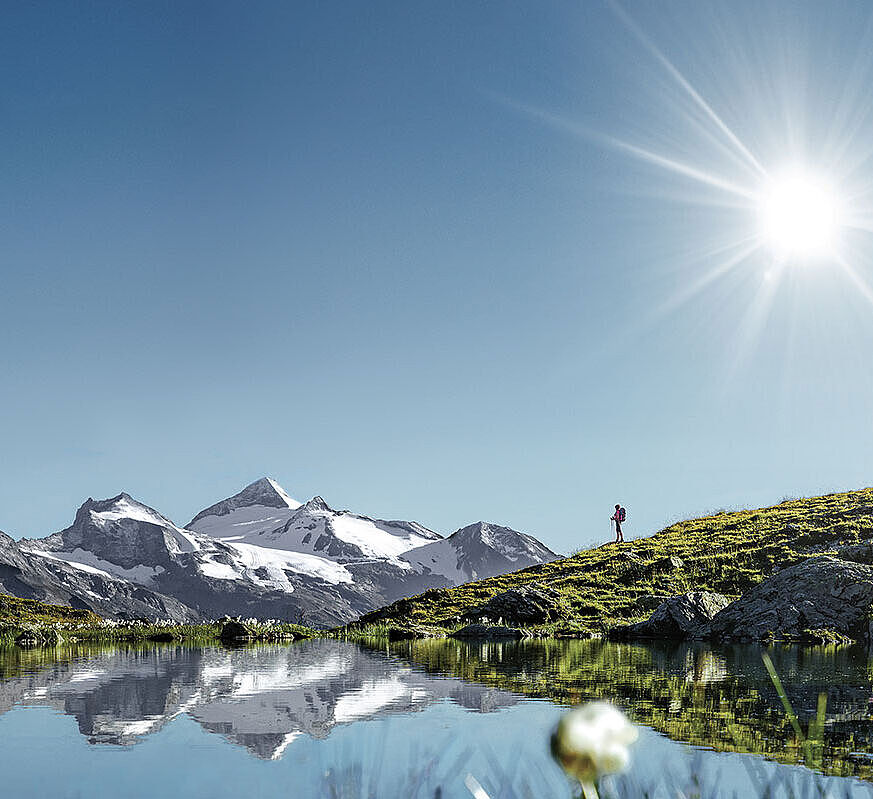
Zillertal
Welcome to Zillertal! Where sun, snow and well-being become the meaning of life and where great freedom tempts you to let go.
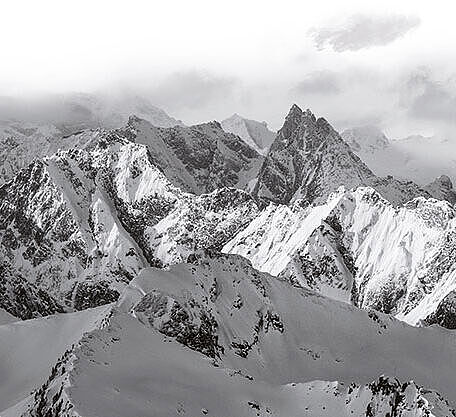
Zillertal Newsletter
Our newsletter provides you with great information about the Zillertal. Get the best seasonal tips, information from the ski resorts and about the summer mountain railways and much more.
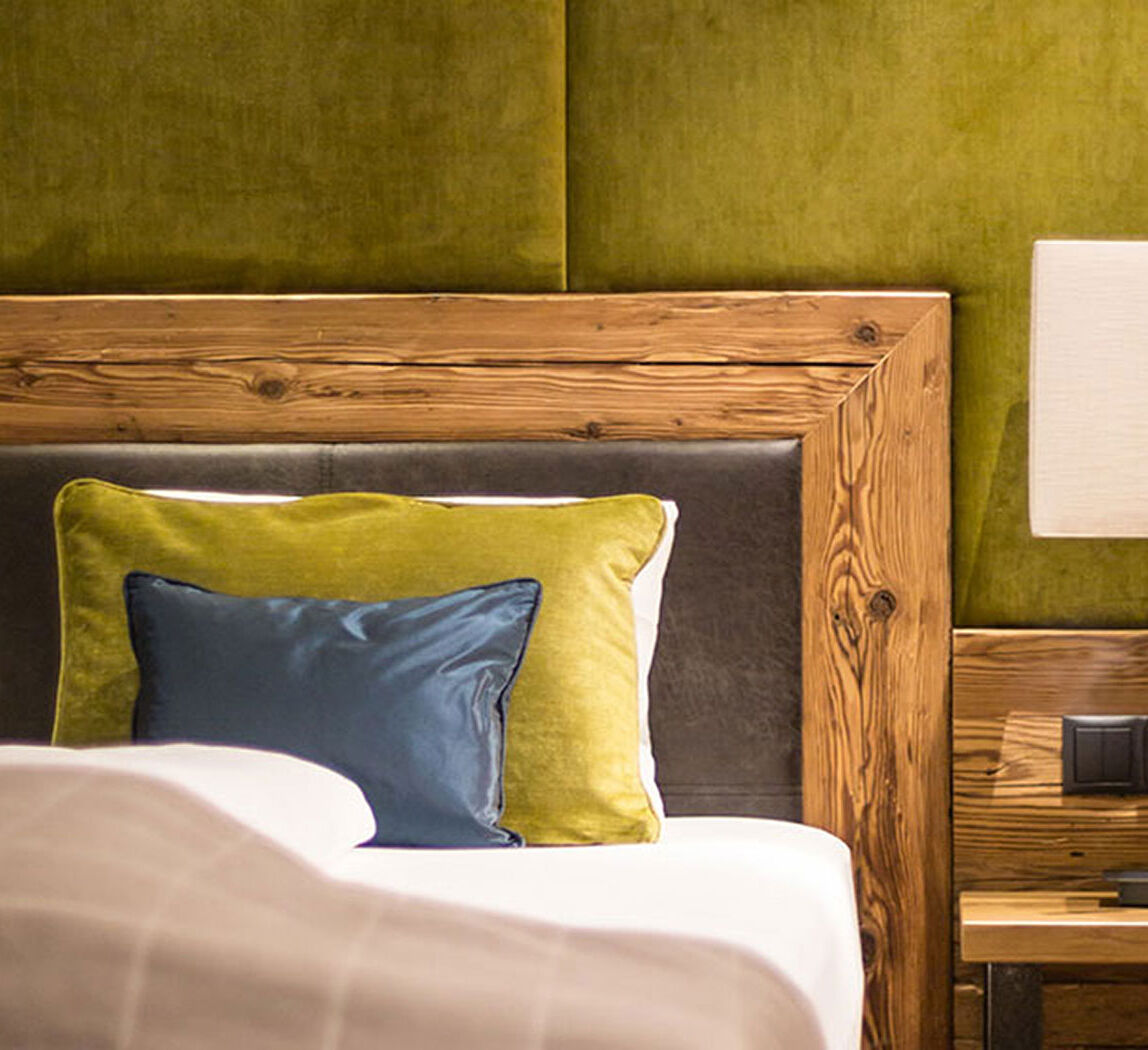
Hosts in Zillertal
Find the right accommodation for your perfect winter holiday in Zillertal – from cosy private rooms to luxury five-star hotels.
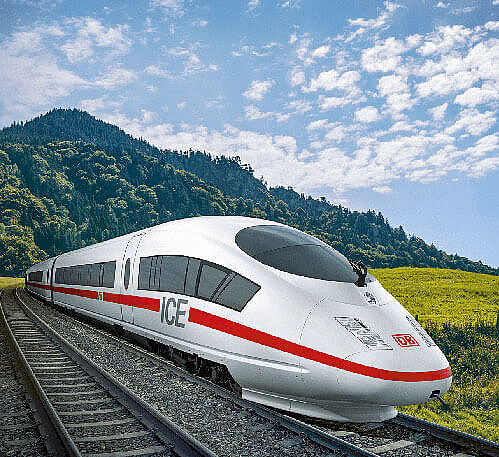
Getting to Zillertal
Zillertal is located in the west of Austria and is the widest of the side valleys on the south side of the Inntal Valley. Get to Zillertal safely and comfortably.
